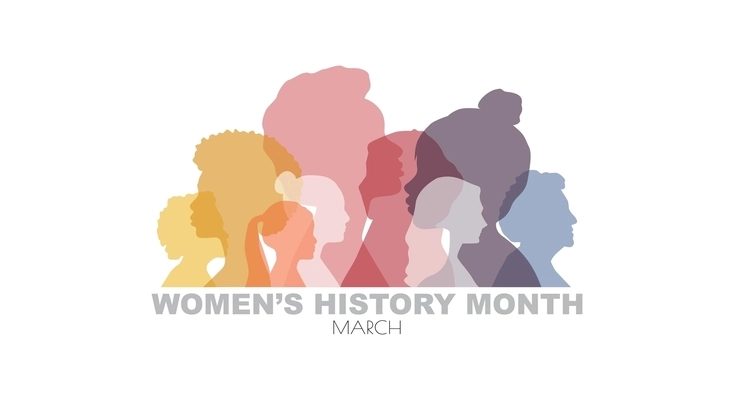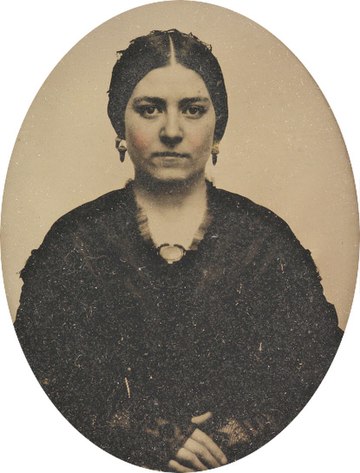March 2025
Women’s history – this year, the topic is more controversial than ever. For over 40 years, through Congressional and Presidential acts, March has been Women’s History Month, a time to study and celebrate women’s contributions throughout history. But this year, federal agencies are scrambling to figure out whether that’s permissible, given recent executive orders and the fact that some February celebrations of Black history were downplayed or cancelled. No matter what the federal government does, I intend to celebrate women’s history with books.
On March 12, I’ll be talking with author Robin Foster at Parkside Bookshop, starting at 6:30 PM. We aim to have a real conversation with the audience, and we’d love to have you join us. Parkside, a cozy, comfortable space, is located at 260 Shawmut Avenue in the Boston’s South End.
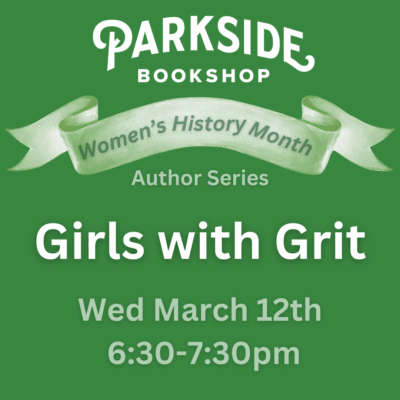
Another way to celebrate is to read more. Over the past year, I’ve been keeping a list of newly published books that feature women in history. I didn’t try to capture everything that was published – just titles that caught my eye. I have read some of them, but pass the entire list on to you. Maybe you’ll find something of interest. Or, most likely, several things of interest.
The Dragon from Chicago
Sigrid Schultz was a reporter for the Chicago Tribune. Fluent in German and English, she burrowed behind the scenes in the 1930s to find out where German National Socialism was taking Germany, and the rest of the world. Her fearlessness in reporting so alarmed Hermann Göring that he labeled her “the dragon from Chicago.” I know Pamela Toler, the author, from Biographers International Organization, to which we both belong. She is a tireless researcher with a penchant for finding amazing women whose stories beg to be told. This certainly is one.
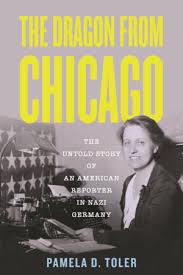
The Mysterious Mrs. Nixon
I also know author Heath Lee from BIO, where we both are on the board. When Heath was working on this book about Pat Nixon, I heard stories about the conversations she was having with the Nixon daughters, former White House employees and other confidants of the Nixon family. The book is an inside look at a woman who was at the side of one of the 20th century’s more controversial presidents.
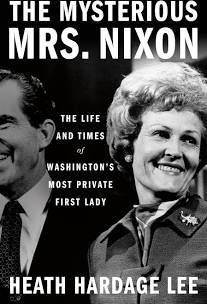
The Elements of Marie Curie
Of course I knew the name Marie Curie, but I didn’t know much about her, other than that she won the Nobel Prize. Dava Sobel reveals the person behind the name, and explains what Curie discovered. She describes why Curie’s way of working, as a partner to her husband and as a mentor to many younger scientists, was a model for so many. The book also made me acutely aware that my liberal arts education did not include science, a fact I regret.
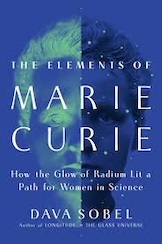
Bright Circle
This book is centered in Boston where, in the 1840s, a group of women formed a reading and discussion group. They met at Elizabeth Peabody’s bookstore on West Street, now marked by an historical plaque. There they considered big questions about the meaning of life and how they were to achieve their purpose. The women were tied to the transcendental movement, either by blood, marriage or intellectual inclination, and their brilliance equaled or exceeded that of the better known men. They also laid the foundation of feminist thought. Here, for the first time, we see them as a group.
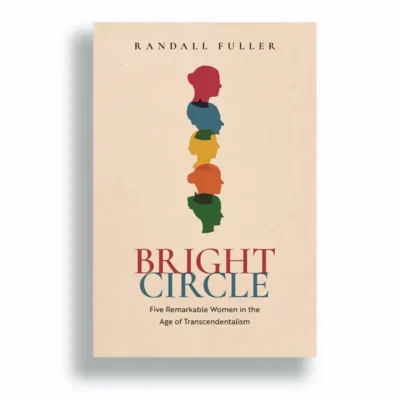
The Bluestockings
In the century before the women of Bright Circle began meeting, Elizabeth Montagu convened a salon, first in London and later in Bath and elsewhere, for discussion of literature and the arts. Men also attended, but it was the women who pushed for more educational opportunities and supported the many writers among them. The subtitle of the book proclaims them as the first women’s movement.
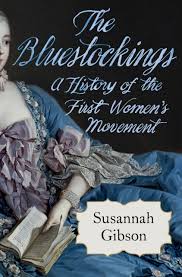
The Cure for Women
Mary Putnam Jacobi was one of this country’s first doctors. She graduated from medical school in Paris in 1871, and returned to New York where she had a multi-faceted career practicing medicine, researching, teaching and writing. In one of her best known essays, she shared research results that showed menstruation did not require women to be sidelined from normal daily activities or from education, as some advocated. In her last published writing, she documented the progress of the brain tumor that eventually killed her, giving it the title: Descriptions of the Early Symptoms of the Meningeal Tumor Compressing the Cerebellum. From Which the Writer Died. Written by Herself.
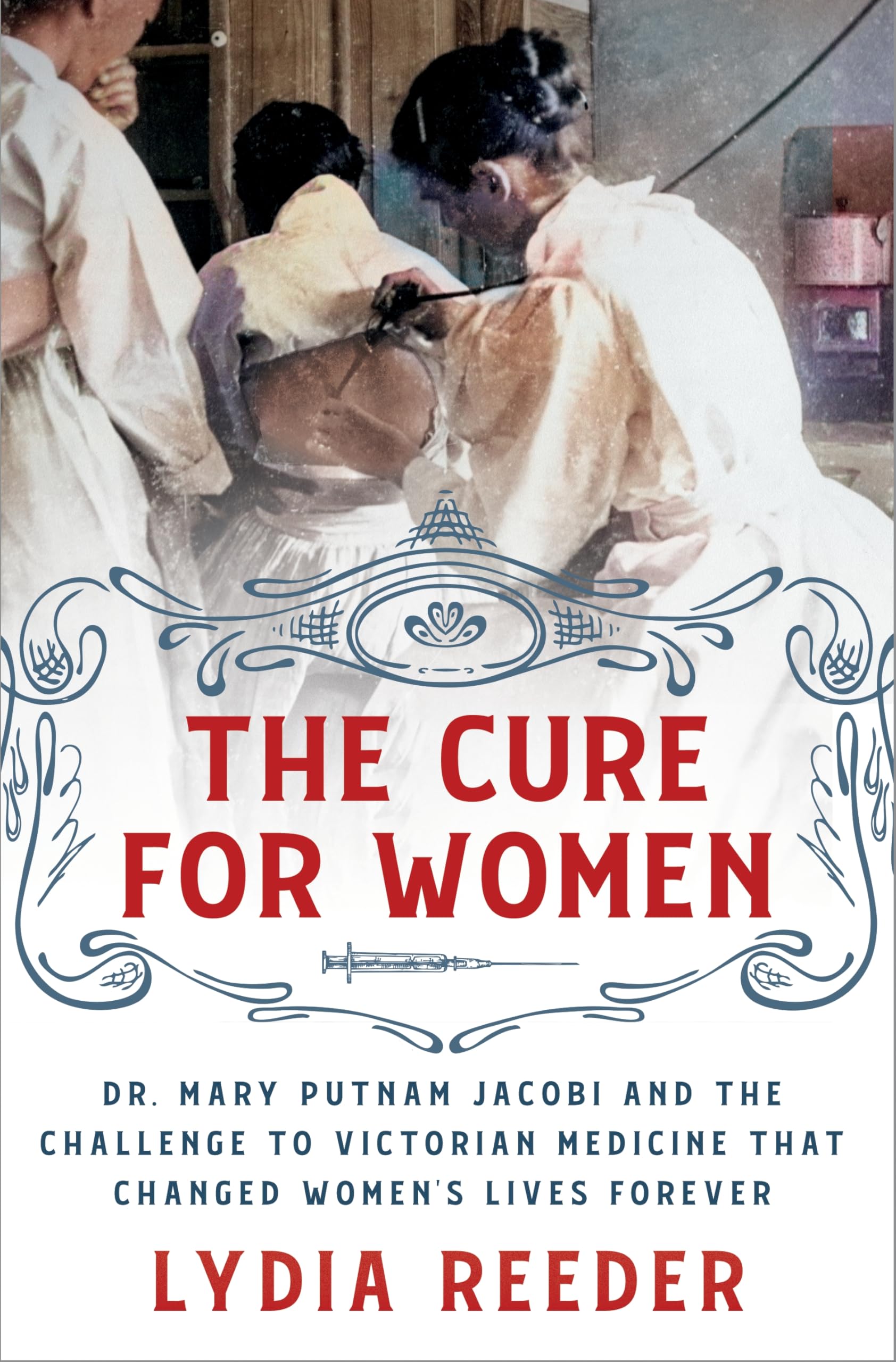
Becoming Madam Secretary
Francis Perkins was best known as FDR’s Secretary of Labor, the first woman in a presidential cabinet. She came to that position from an early career as a committed labor reformer. As part of her college studies, she observed children laboring in factories, later worked with Jane Addams at Hull House in Chicago, and later still witnessed the infamous Triangle Shirtwaist Factory fire in New York City. Her family homestead in Newcastle, Maine, which I have visited, is now a National Historic Landmark.
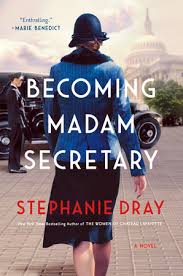
Empresses of Seventh Avenue
When Paris fell to the Nazis in 1940, fashion houses closed their doors, or resorted to designing for high-ranking Germans’ wives. With their closure, the spigot of ready-to-wear knock-offs also dried up. This presented an opportunity for designers in New York to initiate a new, more casual, distinctly American aesthetic. The book documents the designers, retailers, reporters, editors and publicists who introduced American women to the new look and inaugurated New York as the capital of style.
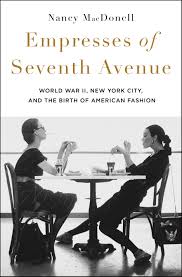
The Movement
Fast forward to the 1960s and 70s for this oral history of second wave feminism in the United States. With personal stories, media accounts, advertisements and ephemera, the book documents the 10 years, from 1963 to 1973, when feminism was one of the leading national stories. The book highlights how the women’s movement learned from the civil rights movement and adapted its lessons for the cause of feminism.

Happy reading. And please let me know what you think of whatever you might end up reading so I can focus my own TBR list.

